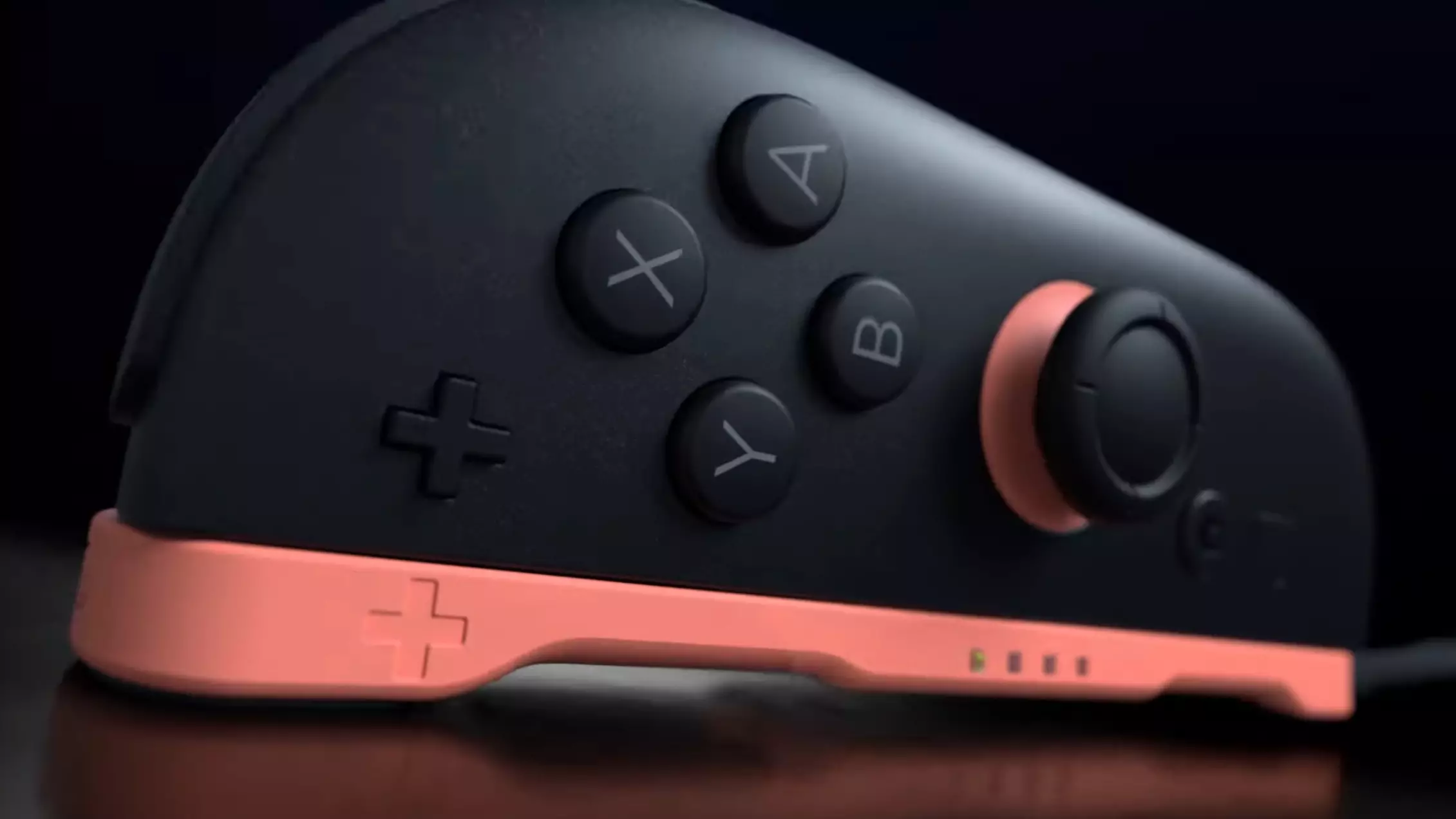As the gaming industry evolves, so too do the paradigms through which we engage with our digital experiences. Nintendo has historically been at the forefront of innovation, sometimes with groundbreaking results. The latest addition to their arsenal is the controversial Joy-Con mouse controls for the Nintendo Switch 2. Positioned as a unique feature aimed at enhancing gameplay, these mouse controls raise a series of questions about efficacy, user experience, and the historical context of gaming controls.
On one hand, the idea of incorporating mouse functionality into consoles, particularly in genres that thrive on strategic execution like Civilization, is a potentially exciting avenue worth exploring. Titles that require precision could benefit from the fluidity that a mouse provides, as opposed to the limitations of a joystick. Additionally, for genres that demand quick reflexes, like FPS titles akin to Metroid Prime 4: Beyond, there is a compelling argument for mouse integration as a means to enhance precision and response time.
However, upon closer inspection, the execution of these mouse controls appears to falter. Reports from gamers and critics alike suggest that the feature comes off as clumsy and poorly integrated into the console’s user interface. A noticeable lag in cursor responsiveness, as highlighted in a recent video shared by Nintendo, diminishes the proposed advantages of mouse controls. It turns what should be an intuitive interaction into a frustrating experience, which is counterproductive to the fluidity that both gamers and developers seek.
The Aesthetic and Functional Dissonance
Nintendo’s design ethos has always leaned towards minimalism, which is both a strength and a limitation. The original Switch was crafted with a simplistic user interface, comprising a few essential icons that keep navigation straightforward. While this design philosophy could lend itself well to conventional button controls, the addition of a mouse introduces an incongruity that feels jarring. As players enjoy the characteristic ease of navigating their consoles with buttons, introducing a mouse not only complicates access but also disrupts the overall user experience.
The promotional video illustrating the mouse feature does little to bolster confidence. Observers noted a disconcerting smoothness to the cursor movement alongside a synchronization lag. This inconsistency leads to skepticism regarding the reliability of the feature. The potential of mouse controls remains overshadowed by a visual representation that fails to inspire enthusiasm. For a company renowned for its attention to detail, these apparent glitches could signal deeper issues in product development and quality assurance processes.
Rethinking User Engagement
While one could argue that mouse controls add a new layer of functionality to the Nintendo Switch 2, the practicality of such a feature must also be taken into account. Gamers often prefer to engage with consoles while resting comfortably, perhaps on a couch. In such contexts, the necessary requirement of a surface for the mouse seems counterproductive. Instead of enhancing the gaming experience, this new feature could inadvertently complicate it, causing players to juggle multiple tools and positions while attempting to engage in immersive play.
Adding to the confusion is the reality that the Joy-Con controllers themselves serve a purpose that might be disrupted by the introduction of mouse controls. When engaging in multiplayer sessions or fast-paced games, the reliance on conventional controls supports a level of engagement that the mouse may undermine. The potential for accidental input while attempting to nab a snack or adjust positions could deter even the most enthusiastic of players from fully embracing this supposed upgrade.
Nintendo’s Risky Design Choices
In an age when consumer expectations and technological integration are at an all-time high, Nintendo’s decision to roll out mouse controls raises eyebrows. The bafflement felt by the gaming community regarding this innovation is palpable. Here lies a company that could leverage its creative prowess to define the future of gaming controls; instead, it risks being viewed as grasping for novelty at the potential cost of coherence in user experience.
Ultimately, whether this move will pay off remains to be seen. As Nintendo continues to push the boundaries of gaming, it must also navigate the intricacies of user expectation and control dynamics. In a world where seamless gameplay reigns, the jury is still out on whether Joy-Con mouse controls are a portent of a brighter gaming future or merely a curious experiment that fell flat.


Leave a Reply